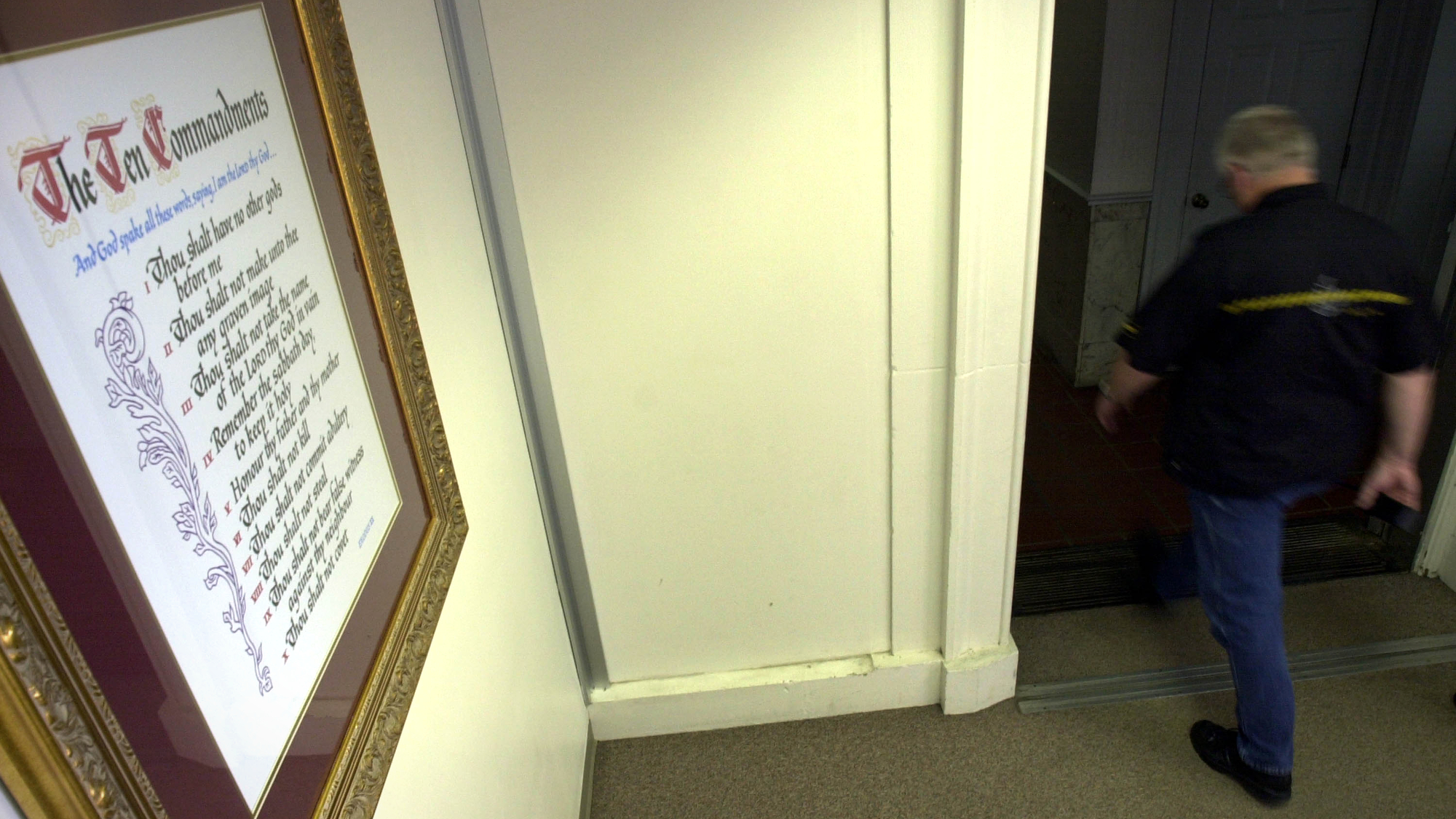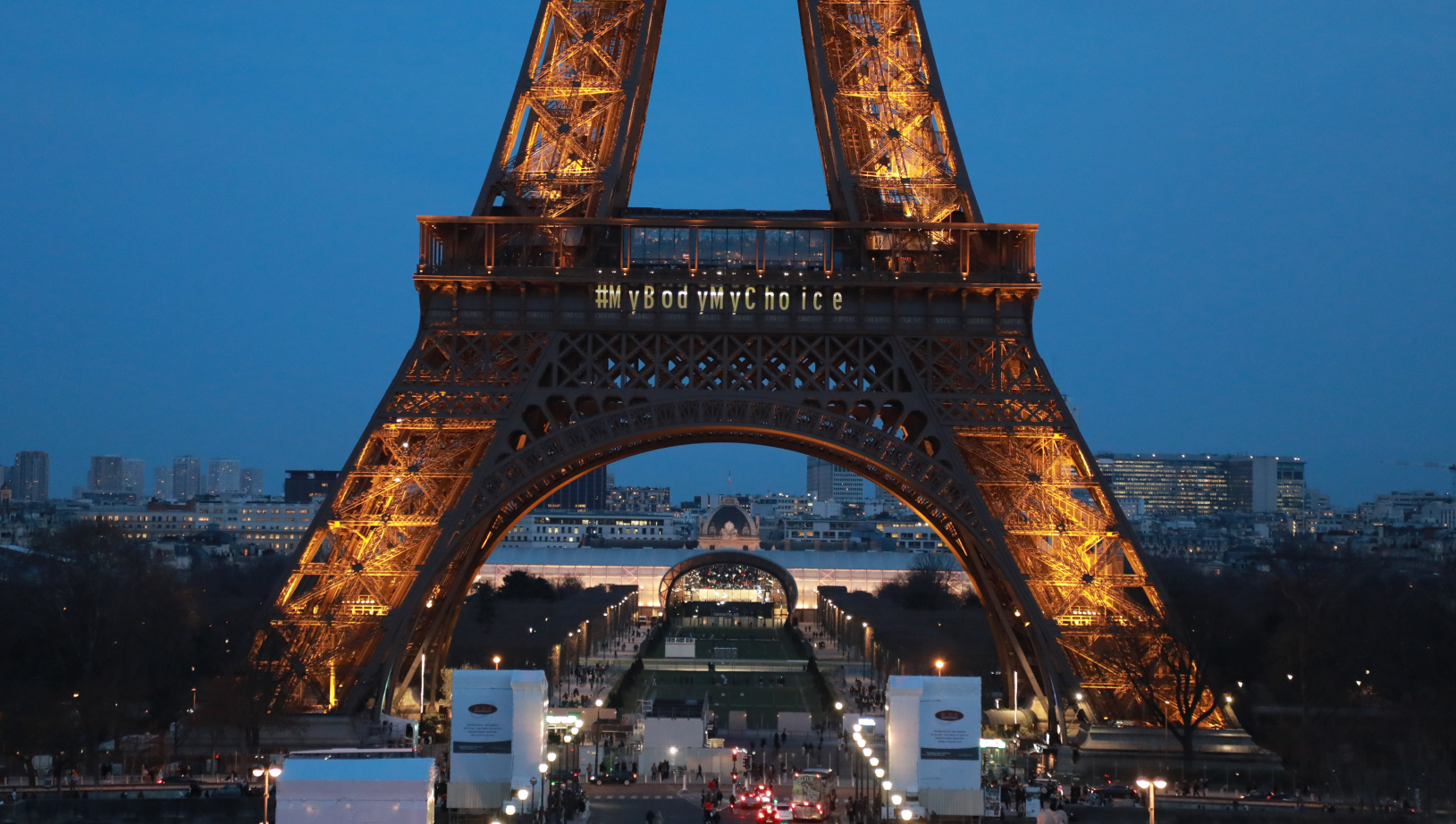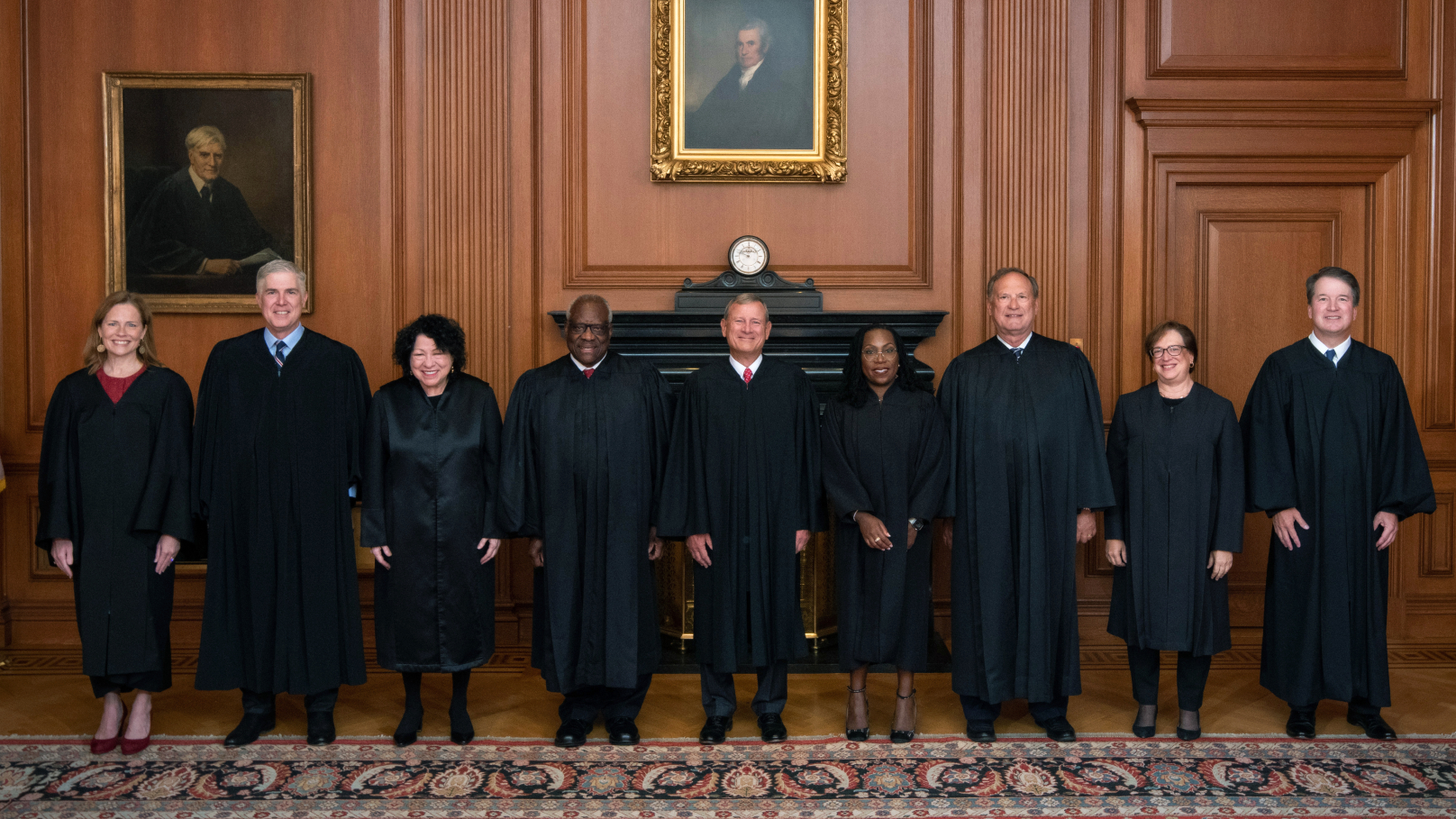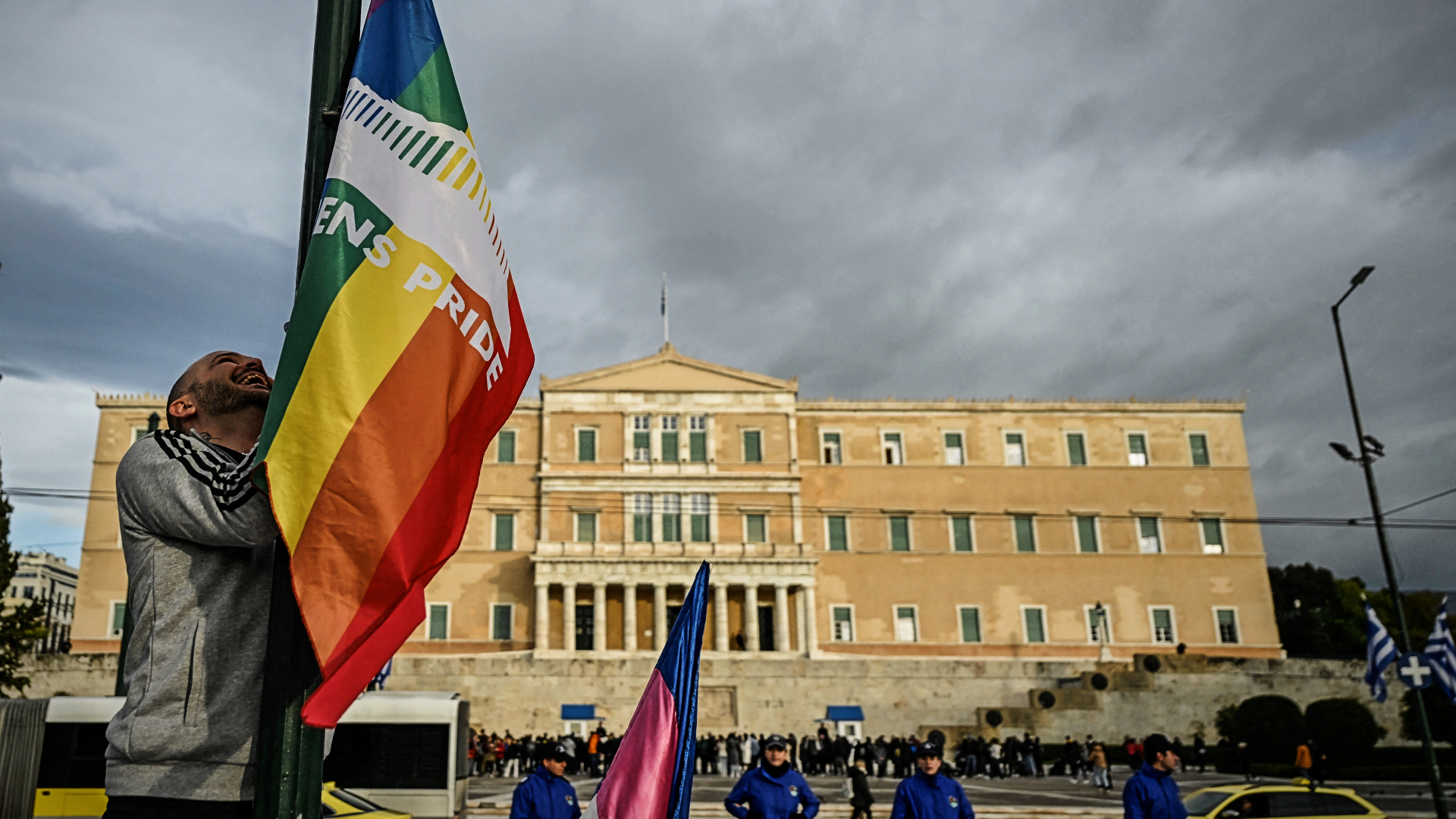Justice Antonin Scalia wanted more diversity on the Supreme Court, according to 2015 opinion


With Justice Antonin Scalia's sudden, unexpected death, the Supreme Court has one Hispanic female, two other female justices, one black male, and four white men — which counts as pretty diverse for a Supreme Court in many ways. Scalia obviously can't give his opinion about who should replace him now, but in a dissent to last June's ruling affirming the right to same-sex marriage, the late justice left some clues, Adam Liptak notes at The New York Times. And what Scalia wanted was more diversity — just not in the way that President Obama might think about the word.
The Supreme Court (until Scalia's death) "consists of only nine men and women, all of them successful lawyers who studied at Harvard or Yale Law School," Scalia wrote. Since Justice John Paul Stevens, a Protestant, retired in 2010, the court includes "not a single evangelical Christian (a group that comprises about one quarter of Americans), or even a Protestant of any denomination," he added. (Scalia was Catholic, along with five other justices; the other three are Jewish.) Also, he noted, "four of the nine are natives of New York City," including himself, two were born in California, and only one — Indiana native Chief Justice John Roberts — is not from the East or West Coast.
Liptak adds that all but one of the justices served on a U.S. federal court of appeals — until the mid-1900s, most justices weren't sitting judges when elevated to the high court — and none had every run for public office or served on a state court. "Obama will consider many factors in deciding on the next nominee," Liptak writes. "He will no doubt nominate someone to the left of Justice Scalia. But he may want to listen to the departed justice's plea to broaden the court's profile." You can read Liptak's analysis at The New York Times.
The Week
Escape your echo chamber. Get the facts behind the news, plus analysis from multiple perspectives.

Sign up for The Week's Free Newsletters
From our morning news briefing to a weekly Good News Newsletter, get the best of The Week delivered directly to your inbox.
From our morning news briefing to a weekly Good News Newsletter, get the best of The Week delivered directly to your inbox.
A free daily email with the biggest news stories of the day – and the best features from TheWeek.com
Peter has worked as a news and culture writer and editor at The Week since the site's launch in 2008. He covers politics, world affairs, religion and cultural currents. His journalism career began as a copy editor at a financial newswire and has included editorial positions at The New York Times Magazine, Facts on File, and Oregon State University.
-
 China’s single mothers are teaming up
China’s single mothers are teaming upUnder the Radar To cope with money pressures and work commitments, single mums are sharing homes, bills and childcare
-
 Employees are branching out rather than moving up with career minimalism
Employees are branching out rather than moving up with career minimalismThe explainer From career ladder to lily pad
-
 ‘It is their greed and the pollution from their products that hurt consumers’
‘It is their greed and the pollution from their products that hurt consumers’Instant Opinion Opinion, comment and editorials of the day
-
 ABC News to pay $15M in Trump defamation suit
ABC News to pay $15M in Trump defamation suitSpeed Read The lawsuit stemmed from George Stephanopoulos' on-air assertion that Trump was found liable for raping writer E. Jean Carroll
-
 Judge blocks Louisiana 10 Commandments law
Judge blocks Louisiana 10 Commandments lawSpeed Read U.S. District Judge John deGravelles ruled that a law ordering schools to display the Ten Commandments in classrooms was unconstitutional
-
 ATF finalizes rule to close 'gun show loophole'
ATF finalizes rule to close 'gun show loophole'Speed Read Biden moves to expand background checks for gun buyers
-
 Hong Kong passes tough new security law
Hong Kong passes tough new security lawSpeed Read It will allow the government to further suppress all forms of dissent
-
 France enshrines abortion rights in constitution
France enshrines abortion rights in constitutionspeed read It became the first country to make abortion a constitutional right
-
 Texas executes man despite contested evidence
Texas executes man despite contested evidenceSpeed Read Texas rejected calls for a rehearing of Ivan Cantu's case amid recanted testimony and allegations of suppressed exculpatory evidence
-
 Supreme Court wary of state social media regulations
Supreme Court wary of state social media regulationsSpeed Read A majority of justices appeared skeptical that Texas and Florida were lawfully protecting the free speech rights of users
-
 Greece legalizes same-sex marriage
Greece legalizes same-sex marriageSpeed Read Greece becomes the first Orthodox Christian country to enshrine marriage equality in law
